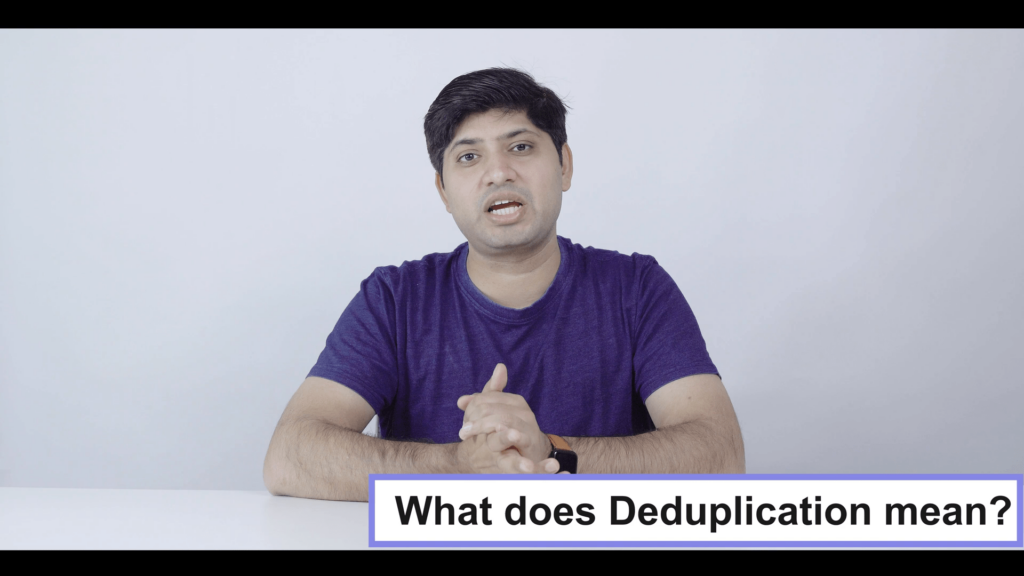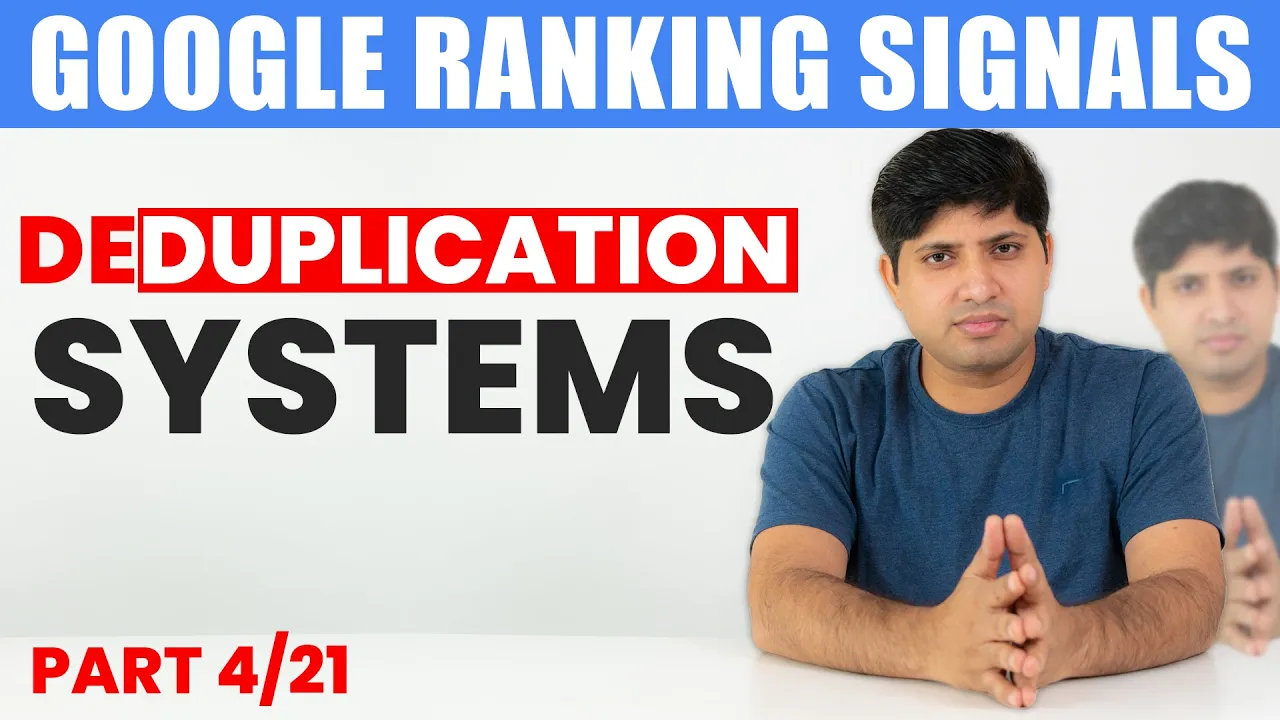The search engine optimization (SEO) field requires any website owner or digital marketer to understand Google’s ranking signals. Google Deduplication Systems, one of the important ranking signals used by Google, addresses the issue of eliminating duplicate content to enhance search results. Without this knowledge, website owners will be less able to optimize their content.
What is deduplication? 🔍
Deduplication is the process of removing duplicate search results from the displaying process. When a URL appears more than once in the Google Search Results Pages or SERPs, the deduplication system activates. Such systems are beneficial since they help to give the users a cleaner and more relevant list/s of results and thus improve their search experience.

Google has several approaches to combat duplicate results. He or she considers several methods for the quality of search results and uses the term “systems” to refer to them. For the most part, there are two types of deduplication: external and internal.
Types of Deduplication Systems ⚙️
Recognizing these two types of such systems – external vs. internal – will provide insights into the ways that Google helps avoid content duplication.
External Deduplication 🔄
External deduplication arises when the same content is present across many web pages that deal with different subjects. For instance, in case there are twenty pages featuring the same content on the internet, it would use external deduplication systems to filter out the duplicate pages in the results of the search engines. He or she considers several methods for the quality of search results and uses the term “systems” to refer to them.

The search results may show a message at the bottom suppressing duplicate listings. This brings up the egg-and-the-hen scenario question. If Google responds by taking down these pages, how does this process come to be a ranking determinant?
Internal Deduplication 🏢
Active voice: When there is additional quality content, internal deduplication is used to ensure it is included in the search results. For example, Google may choose to follow a clear response to the question in search that instead of linking to the page with content, a featured snippet appears. This results in the websites which owned the original content, stripping off the audience and traffic.
In other words, although users may obtain correct information, the wasabi cough tsunamis bag others may not get it advantage as not many of the pages could be expected to generate online hits. This is similar to what would happen in a local business renowned for its sweets which gives away free bites outside the establishment, the number of people going into the business would reduce.
How Deduplication Influences Rankings 📉
Google’s justification for omitting duplicate content from search results is not in its absence. On the other hand, this can result in a rankings reshuffle whereby, if one page is lost, another would gain from it. This ability to reorganize itself as far as the results are concerned is very essential in the comprehension of how deduplication changes the later course ranking system in its entirety.
Instead of raising the concern, someone can ask: How can web pages be improved to implement different features of de-duplication systems?
Making Page Adjustments for Google Deduplication Systems ✏️
There are two main approaches to the Google Deduplication Systems when optimizing pages: internal twinning and external twinning.
Addressing External Duplications 🌐
Content creators must not duplicate existing content to prevent external duplication. If Google detects information from another page, the page may be prevented from being included in the index. Hence, being unique is the key.

To achieve total uniqueness and value in content, you must avoid duplication to remain competitive in search results.
How To Tackle Internal Duplications ⚠️
In terms of internal duplications, the issue is to avoid dropping valuable content into the dustbin of Google’s duplicate content filter. Some webmasters are looking for ways out of this predicament by turning off their page snippets with the ‘nosnippet meta” tag. However, this only shoots oneself in the foot as it will lower the CTR when the page appears in a search without any description.

Such an approach is no more than cutting off a hand to save a single finger. While this may solve one problem for the short term, it causes another problem that concerns low visibility as well as low engagement.
Practical Solutions for Deduplication Challenges 🛠️
Create more pages for effectively optimizing those that may be affected by deduplication systems. A page that is now firmly a center of gravity in the SERPs should have a new page created with slightly different content.
We should create this new page using different principles and structures. For instance, we can use bullet points instead of paragraphs, or transform articles into video formats. The audience will see the original content uncompromised with certain enhancements.
While making these changes, make it a point that the new page has almost the same structure as the old page except for the content itself. This enables Google to assimilate differences in optimization attributes between the old and new page while keeping most of the gains of the old page.
Conclusion: Reducing Google Deduplication Systems Complexity 🚀
In conclusion, sustaining Google Deduplication Systems is crucial for accomplishing any volume of search engine optimization. Owl following strategies of addressing the determinates of the type of deduplication and revaluation of made content website owners should manage these systems. Devising and complying with Google’s algorithms in creating available and one hundred 100 original articles should help improve the volume and the level of traffic for a site.
Such is the way forward in this series on the ranking signals of Google and the effects of SEO. The next video will focus on the 4th ranking signal, the exact match domain systems. Continue on this journey where you will gain more knowledge and more techniques to better your online presence.

